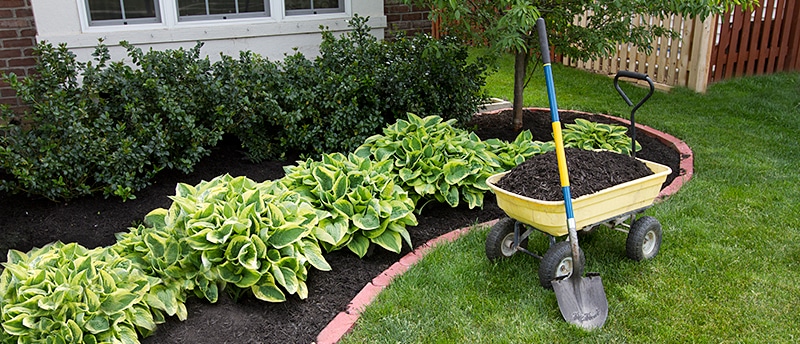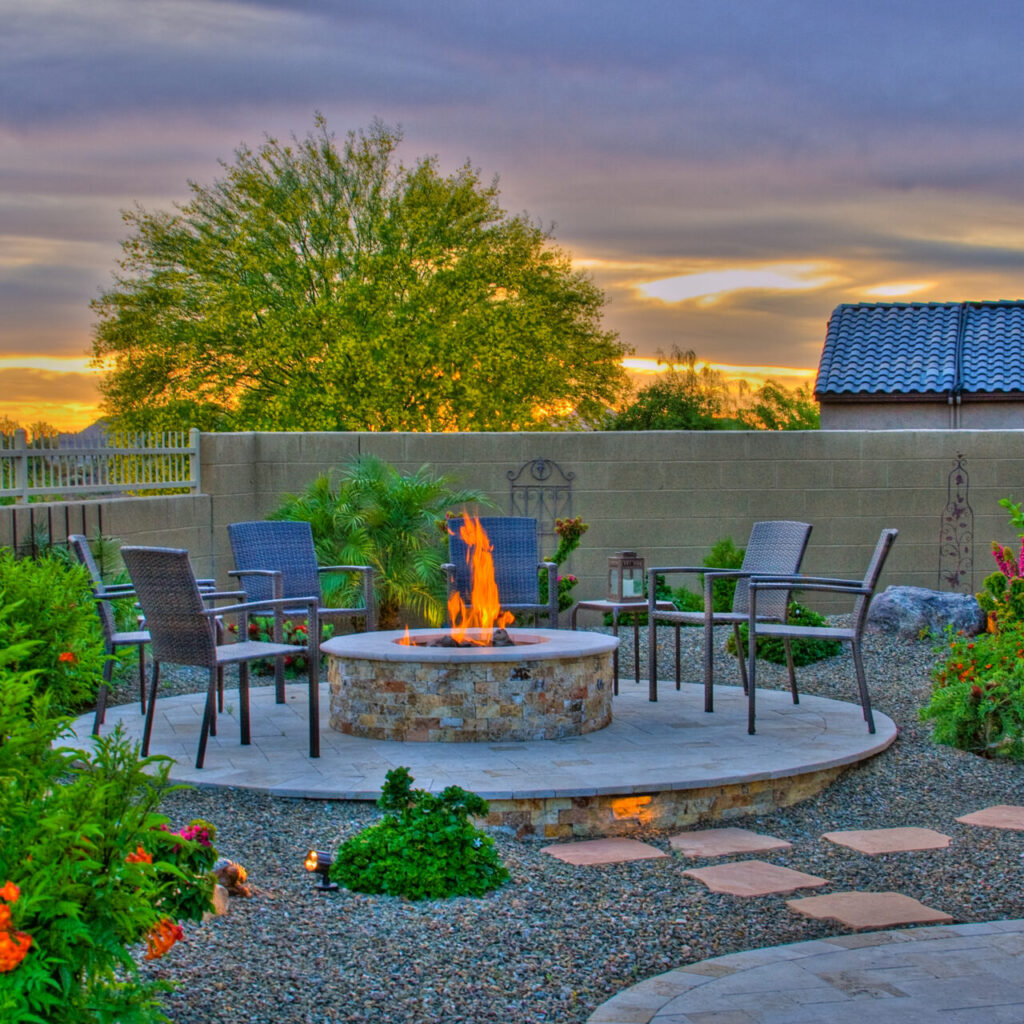Landscaping: Transforming Your Outdoor Space
Landscaping is more than just planting a few flowers or setting up a stone path; it’s about creating an outdoor space that complements your lifestyle and enhances the beauty of your surroundings. In this comprehensive guide, we’ll explore everything you need to know about landscaping, from the basics to advanced techniques. Are you prepared to turn your backyard into a breathtaking retreat? Let’s dive in!
The Basics of Landscaping
What is Landscaping?
Landscaping involves the design, planning, and maintenance of outdoor spaces to create aesthetically pleasing and functional environments. It includes elements like plants, water features, and hardscape structures such as patios and walkways.
Benefits of Landscaping
Landscaping offers numerous benefits. It can increase property value, improve curb appeal, and provide a relaxing space for outdoor activities. Additionally, well-designed landscapes can support local wildlife and promote environmental sustainability.
Essential Elements of Landscaping
Successful landscaping integrates various elements harmoniously. These include:

Plants: Trees, shrubs, flowers, and groundcovers.
Hardscapes: Patios, decks, walkways, and retaining walls.
Water Features: Ponds, fountains, and waterfalls.
Lighting: Path lights, spotlights, and accent lighting.
Planning Your Landscape Design
Assessing Your Space
Start by evaluating your outdoor area. Consider the size, shape, and natural features of your yard. Take note of sun exposure, soil type, and existing vegetation.
Choosing a Theme or Style
Select a theme that reflects your personal style and complements your home’s architecture. Popular themes include modern, rustic, tropical, and Mediterranean.
Hardscaping
Hardscaping encompasses the inanimate components within a landscape design. This includes pathways, patios, stone walls, and other structural features.
Xeriscaping
Xeriscaping is a water-efficient landscaping method that utilizes drought-resistant plants and minimal irrigation. It’s ideal for dry climates and promotes sustainability.
Choosing Plants for Your Landscape
Native Plants
Local climate and soil conditions are ideal for native plants. They require less maintenance and support local wildlife.
Perennials vs. Annuals
Perennials bloom year after year, while annuals complete their life cycle in one growing season. Combining both types can ensure continuous color and interest.
Edible Landscaping
Incorporate fruit trees, vegetable gardens, and herb beds into your landscape. Edible plants add beauty and provide fresh, homegrown produce.
Creating a Focal Point
Importance of a Focal Point
A focal point draws the eye and anchors your design. It can be a statue, a water feature, or a striking plant.
Types of Focal Points
Common focal points include:
Statues and Sculptures: Add artistic interest.
Water Features: Create a soothing atmosphere.
Specimen Plants: Standout plants that attract attention.
Placement Tips
Position your focal point where it can be easily seen and appreciated, such as the center of a garden bed or at the end of a pathway.

Incorporating Water Features
Benefits of Water Features
Water features can enhance the tranquility of your space, attract wildlife, and create a unique visual appeal.
Types of Water Features
Options include:
Ponds: Natural-looking water bodies.
Fountains: Flowing water that adds sound and movement.
Waterfalls: Dramatic cascading water.
Maintenance of Water Features
Regular maintenance is essential to keep water features clean and functioning. This includes removing debris, checking pumps, and managing algae growth.
Using Hardscape Elements
Patios and Decks
Patios and decks extend your living space outdoors, providing areas for dining, lounging, and entertaining.
Walkways and Paths
Walkways guide movement through your garden and connect different areas. Use materials like stone, gravel, or pavers for durability and style.
Lighting Your Landscape
Importance of Landscape Lighting
Proper lighting enhances safety, highlights features, and creates ambiance in your outdoor space.
Types of Landscape Lighting
Options include:
Path Lights: Illuminate walkways.
Spotlights: Highlight trees or architectural features.
Accent Lights: Add subtle illumination to plants or water features.
Lighting Placement Tips
Strategically place lights to avoid glare and ensure even coverage. Use timers and motion sensors to enhance efficiency and security.
Sustainable Landscaping Practices
Water Conservation
Implement drip irrigation, use mulch, and choose drought-resistant plants to reduce water usage.
Soil Health
Improve soil quality by adding organic matter, practicing crop rotation, and avoiding chemical fertilizers.
Wildlife-Friendly Landscaping
Create habitats for birds, bees, and butterflies by planting native species and providing water sources.
Maintaining Your Landscape
Regular Maintenance Tasks
Tasks include mowing the lawn, weeding, pruning, and fertilizing. Consistent care keeps your landscape healthy and attractive.
Seasonal Care Tips
Adjust your maintenance routine according to the season. This may involve winterizing plants, mulching in the fall, or refreshing flower beds in the spring.
Hiring Professional Help
Consider hiring a professional landscaper for tasks that require expertise, such as tree trimming, irrigation installation, or landscape design.
Landscaping for Small Spaces
Vertical Gardening
Maximize space by growing plants vertically on trellises, walls, or in hanging pots.
Container Gardening
Use containers to grow plants in small areas. This method is flexible and ideal for patios or balconies.
Small Space Design Tips
Choose compact plants, use multi-functional furniture, and create the illusion of space with mirrors and light-colored materials.
DIY vs. Professional Landscaping
Pros and Cons of DIY Landscaping
DIY landscaping can save money and allow for personal creativity. However, it requires time, effort, and a certain level of knowledge.
When to Hire a Professional
Hire a professional for complex projects, such as installing irrigation systems, building retaining walls, or designing intricate layouts.
Finding the Right Landscaper
Look for experienced, reputable landscapers by checking reviews, asking for recommendations, and viewing previous work.
Common Landscaping Mistakes to Avoid
Overplanting
Avoid overcrowding plants, which can lead to poor growth and maintenance issues.
Ignoring Soil Quality
Ensure your soil is healthy and suitable for the plants you choose. Test and amend soil as needed.
Poor Planning
Plan your landscape thoroughly to avoid issues like improper plant placement or insufficient space for growth.
Conclusion
Landscaping is a rewarding endeavor that can transform your outdoor space into a beautiful, functional area for relaxation and enjoyment. By understanding the basics, planning carefully, and incorporating various elements harmoniously, you can create a landscape that reflects your personal style and meets your needs.

